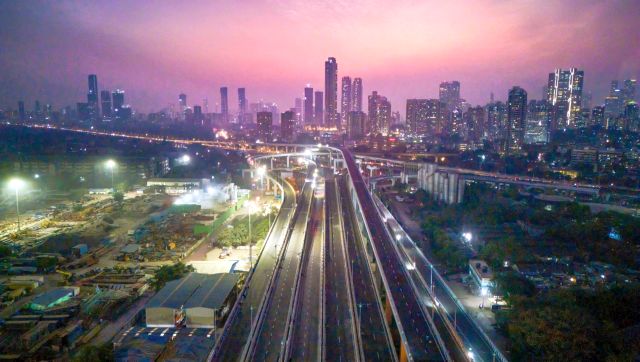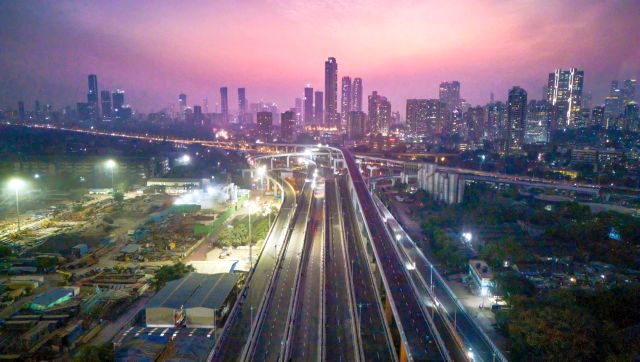Economist Laveesh Bhandari, using multiple data sources, has come up with a list of Indian pincodes which house India’s highest earners, and the answers look surprising.
The top earning Mumbai area is Santacruz, not Malabar Hill, where the richest folks in Mumbai’s business community live. Santacruz, till recently an upper middle class suburb, tops with a per capita household income of Rs 6.08 lakh, according to Bhandari’s report published in The Economic Times today (25 August). Malabar Hill, where you can’t throw a brick without hitting a billionaire, comes second, with Rs 6.05 lakh of average household income.
In Delhi, the top earning pincode is Gulmohar Park/South Extension. Gulmohar Park was the area where a lot of journalists were given plots of land to build houses at one point (now each is worth several crores). South Extension is a huge retail hub, but with more upper middle class-ish residential origins in the past. Now, it seems both the middle class journo areas and non-journo areas top the earnings table by pincode. The Gulmohar/SouthEx combine had annual household earnings of Rs 3.96 lakh - a poor cousin to Mumbai’s Santa Cruz and Malabar Hill, it seems.
In Kolkata, Dover Lane, where the most popular classical music conferences are staged annually, is topdog in earnings with Rs 3.66 lakh. We don’t know if this is music to the ears of those who now stay there - but Alipore and Ballygunge surely will contest this elevation of Dover Lane for reasons other than music.
In Chennai, Teynampet (connected to the arterial Mount Road, now Anna Salai) registers Rs 4.09 lakh on the Bhandari income scale, while in Bangalore, the upmarket suburb of Koramangala - not surprisingly - clocks Rs 3.81 lakh.
To what do we owe these surprising results? How is a Santa Cruz a higher average earner than Malabar Hill, which is married to money and billionaires?
There could be two or three explanations.
One is the author’s own, which points out that when rich and poor households live cheek-by-jowl, the averages can take a tumble. The rich need lots of poor to serve them - as domestic and other help. Also, for every square km of urban space, more poor people can be packed in than the rich, with their spacious houses. This also skews averages.
The other point is we are talking income, not wealth. Billionaires may be inhabiting Malabar Hill and Cumballa Hill (No 3 on the list with an average of Rs 5.04 lakh), but their billions are locked in stock and other assets that do not constitute income. It is the earnings on stocks that constitute income. So the billions that a Mukesh Ambani may be owning crash to just crores when looked at from the perspective of annual income. This income derives from his ownership of Reliance Industries (salary and dividends). At last count, his salary was capped at Rs 15 crore , and his dividend income from Reliance was around Rs 1,265 crore. (Disclosure: Reliance Group owns Network18, which publishes Firstpost and Firstbiz).
Another explanation could be the author’s methodology itself - which may not be foolproof. The author says the data on income was obtained using data from “various sources, including census 2011, geographical information system (GSI) data, satellite imagery and a host of analytical techniques using small area statistics and neural networks.” This is how Indicus Analytics (Bhandari’s analytics firm) arrived at its pincode based list of affluent areas. It also excluded areas with less than 1,000 households, which means smaller areas of higher affluence may have been automatically excluded.
But broadly speaking the results are not off the mark. Generally speaking, the conventionally known rich areas are looking healthier on the income from too.


)




)
)
)
)
)
)
)
)